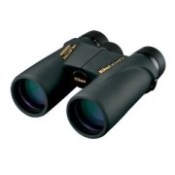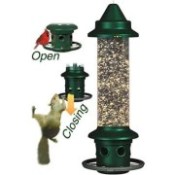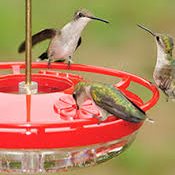
U.S. State Bird of South Carolina
-
Carolina Wren
The Carolina Wren is a common bird of the woods and small towns of the Southern States, but breeds as far north as New England and Wisconsin and as far west as Kansas.

This noisy, active, chunky little bird can be seen and heard year round in the underbrush.
|
Carolina Wren Song
The next two videos (same video), but cued to two different sounding Carolina Wren songs to show the variation in the song. These birds are in the same area, but like people, birds have different "accents" and different ways of "speaking". The differences in songs are larger in different parts of the country. If the first bird is singing "tea-kettle tea-kettle tea-kettle", the second bird is singing "kettle-tea kettle-tea kettle-tea".
Carolina Wren Nest
This next video is long, but is very good. Also a good example of how wrens will nest in boxes, baskets and planters near our houses.
At about 1:30 on the video, the female brings a large moth, which the young have a little trouble swallowing until she mashes it up a few times for them. We know this is the female because we can hear the male singing nearby as she is feeding the young. One of the adults returns again at 4:48 and 6:09.
At 14:15, an adult feeds the chicks again and then removes a fecal sac. The young wait "to go" until the parents are there to remove the fecal sacs. This behavior helps keep the nest clean and reduces odor so predators have a hard time finding the nest.
History:Prior to 1939 "The Carolina Wren" had been unofficially recognized as the State Bird of South Carolina. In 1939 the General Assembly passed an Act (No.311) designating the Mockingbird as the official Bird of the State. Act No. 693, 1948 (1962 Civil Code, Sec.28-2) was passed repealing the 1939 Act and designating the Carolina Wren as the official South Carolina State Bird instead of the Mockingbird.
Contrary to popular opinion, the South Carolina Gamecock is not the Official State Bird of South Carolina.
|
Our Favorite Bird Watching Binoculars, Squirrel-Proof Feeder & Hummingbird Feeder Read Our Reviews: |
||

Nikon Monarch M5
Best mid-priced bird watching binoculars. Waterproof, shockproof, multi-coated ED-Glass. |

|

Best Hummingbird Feeder
Drip-Free, Ant-moat, Durable, Easy to Fill and Clean. |
| Click Images or Links To View More Info | ||